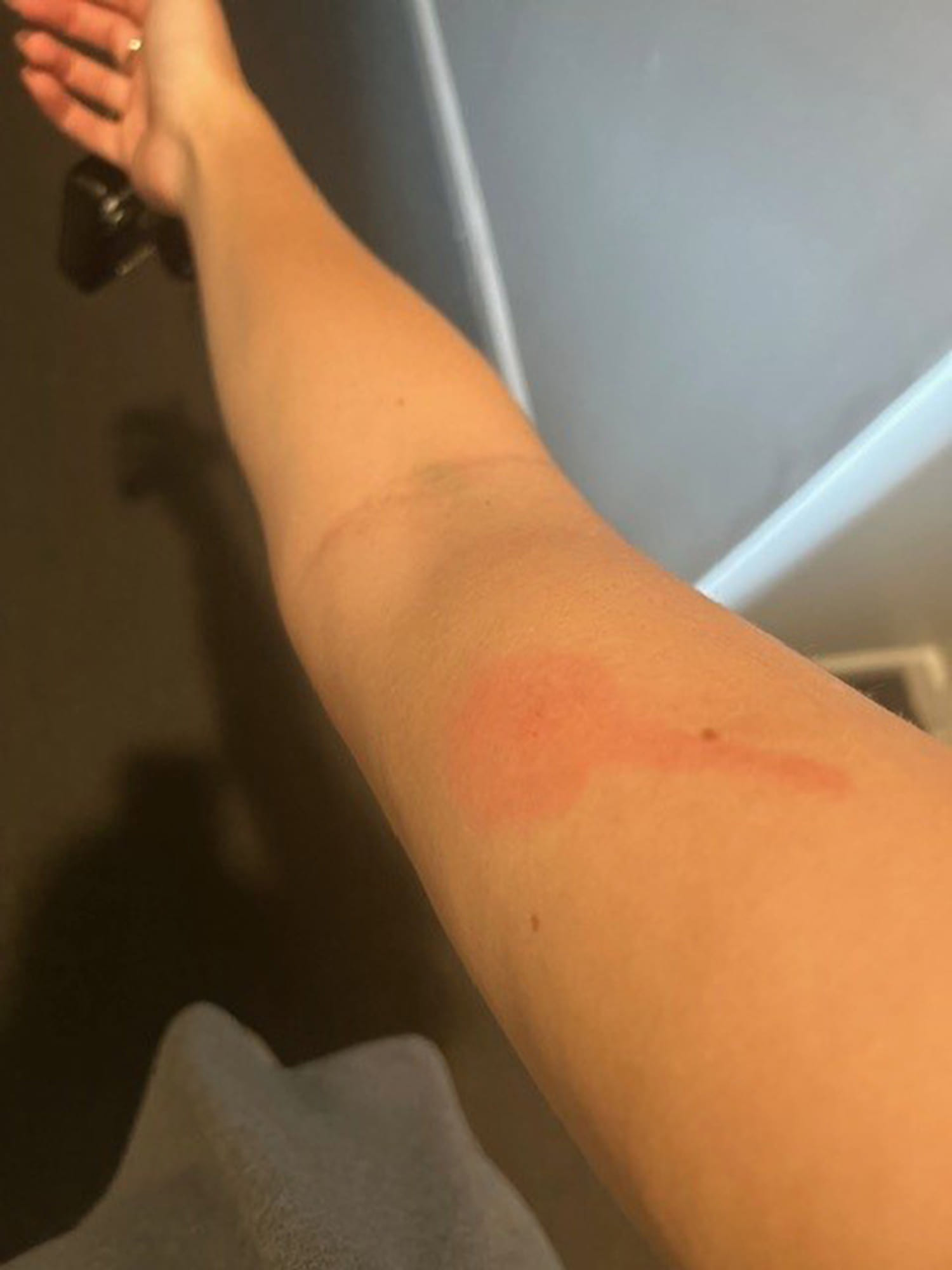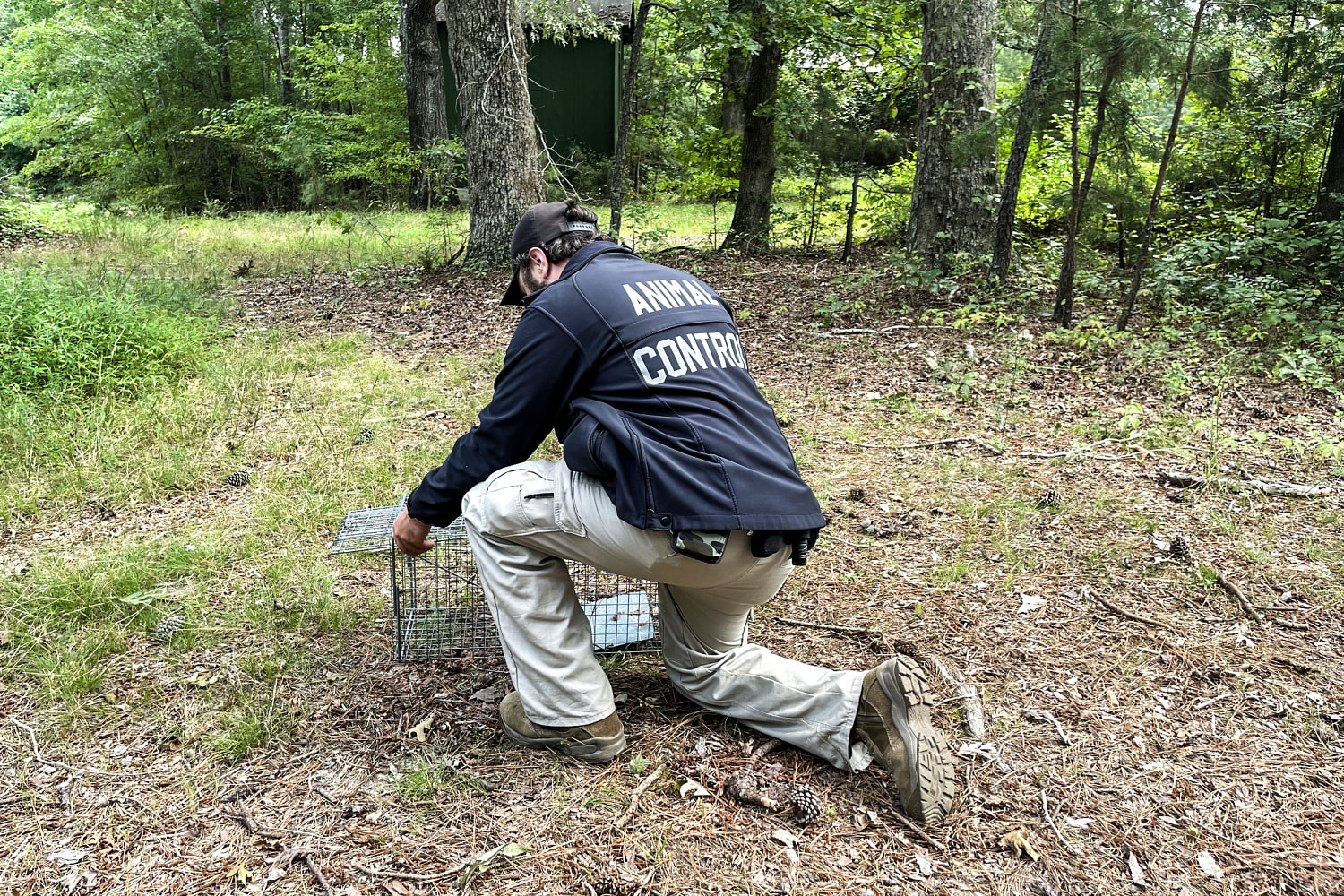According to the Centers for Disease Control and Prevention (CDC), there have been six reported rabies deaths in the U.S. over the past year, marking the highest death toll in years. From rabid skunks lurking in Kentucky to gray foxes roaming in Arizona and raccoons across Long Island, wild animals from over a dozen regions have seen a rise in rabies cases. This surge is partly linked to shrinking natural habitats and improved monitoring efforts.
Dr. Ryan Wallace, who heads the rabies team at the CDC, shared, “We’re tracking 15 possible outbreaks right now.” Areas experiencing these outbreaks include Nassau County in New York, which recently warned about rabid animals, alongside regions like Cape Cod in Massachusetts as well as states like Alaska, Arizona, California, Indiana, Kentucky, Maine, North Carolina, Oregon, and Vermont.
Wallace added, “We’re noticing an uptick in calls and reports from certain parts of the U.S., particularly with more rabid foxes in the West and bats nationwide. It’s too early to determine if these numbers reflect significant trends, but we’re seeing heightened rabies activity this season. “
Rabies has been documented in all states except Hawaii. Bats are particularly notorious as the primary vectors of rabies infections in humans and are also most likely to carry the virus themselves, as noted by the CDC.
According to the CDC, each year, approximately 1.4 million Americans are evaluated for potential rabies virus exposure, leading to about 100,000 people receiving necessary vaccinations to prevent illness.
For instance, 22-year-old Samantha Lang experienced this firsthand. She was likely bitten by a bat that entered her Greenwood, Indiana apartment. Following discovering bite marks on her arm, she located the bat hanging in her air conditioning vent. After contacting health authorities, she was advised to promptly receive rabies post-exposure prophylaxis, which she did without delay.

Rabies disrupts the central nervous system and is nearly always fatal once symptomatic. Initial symptoms may be flu-like and can manifest anywhere from one week to a year after exposure, quickly escalating to confusion, paralysis, hallucinations, and ultimately death within weeks.
Experts express concern over the recent human rabies deaths, highlighting that there were 17 documented cases from 2015 to 2024, with two infections coming from abroad, according to the CDC.
Humans commonly get exposed to rabies through contact with the infected saliva of wild animals, often via bites, which is why taking such encounters seriously is crucial. Historically, prior to the 1960s, the majority of rabies cases in humans stemmed from infected pets, mainly dogs. However, the enforcement of vaccination laws drastically reduced this canine strain.
A notable rise in rabies infections among wildlife has been reported in Franklin County, close to North Carolina’s Research Triangle. The region has seen a 100% increase in confirmed cases among wild animals this past year.
“For our confirmed cases to double and rabies season isn’t even over yet, it’s a significant concern,” stated Scott LaVigne, the county’s health director.
LaVigne believes that urban expansion nearing wildlife habitats has played a key role in this rabies spread. “Franklin County’s population has surged by 35% since 2010, leading to increased land development and construction projects. Animals that were once isolated are now forced to bunch up, creating the ideal environment for rabies spread if one becomes infected,” he explained.

Many individuals may not even realize they’ve encountered a rabid animal. There are records of fatalities in people who were unaware they had been bitten or scratched by a bat and refused necessary vaccinations. In one tragic case, a California teacher died several weeks after removing a bat from her classroom without knowing she’d contracted rabies.
Rabies can adapt and show differently depending on the animal and the specific strain involved. Often, one might expect an aggressive rabid animal, yet some infected species can appear unusually friendly. LaVigne recounted, telling of a family that encountered a seemingly friendly raccoon, which they petted until its death. It was later tested and confirmed rabid, prompting the family to obtain urgent vaccinations.

Concerns Over Rabies Vaccination Rates in Dogs
As rabies cases spread among wildlife, veterinarians are increasingly worried about a growing hesitancy toward vaccinations in pets, a trend that could elevate the risk of more dogs—and their owners—contracting the virus. A study in 2023 published in the journal Vaccine revealed that nearly 40% of participants believed canine vaccines pose safety risks, while 37% worried about vaccines causing potential cognitive issues such as autism in their dogs.
Dr. Gabriella Motta, a veterinarian from Pennsylvania and a co-author of the study, shared that many clients express concerns about the potential harm of vaccines.
“Such fears are indeed worrisome as they could spike rabies cases not just in wildlife but among pets as well. We’re keen on sounding alarm bells over this issue,” Motta stated.
Modern rabies vaccines after potential exposure have evolved significantly. Formerly injected into the abdomen, current practices involve delivering matching doses into the arm, featuring immunoglobulin containing rabies antibodies immediately following exposure, plus six additional vaccine doses.
Experts advise that any strange behavior in wildlife—whether overly aggressive, eerily fearless, or too friendly—should raise immediate suspicion of rabies.
This article originally appeared on NBCNews.com.




















